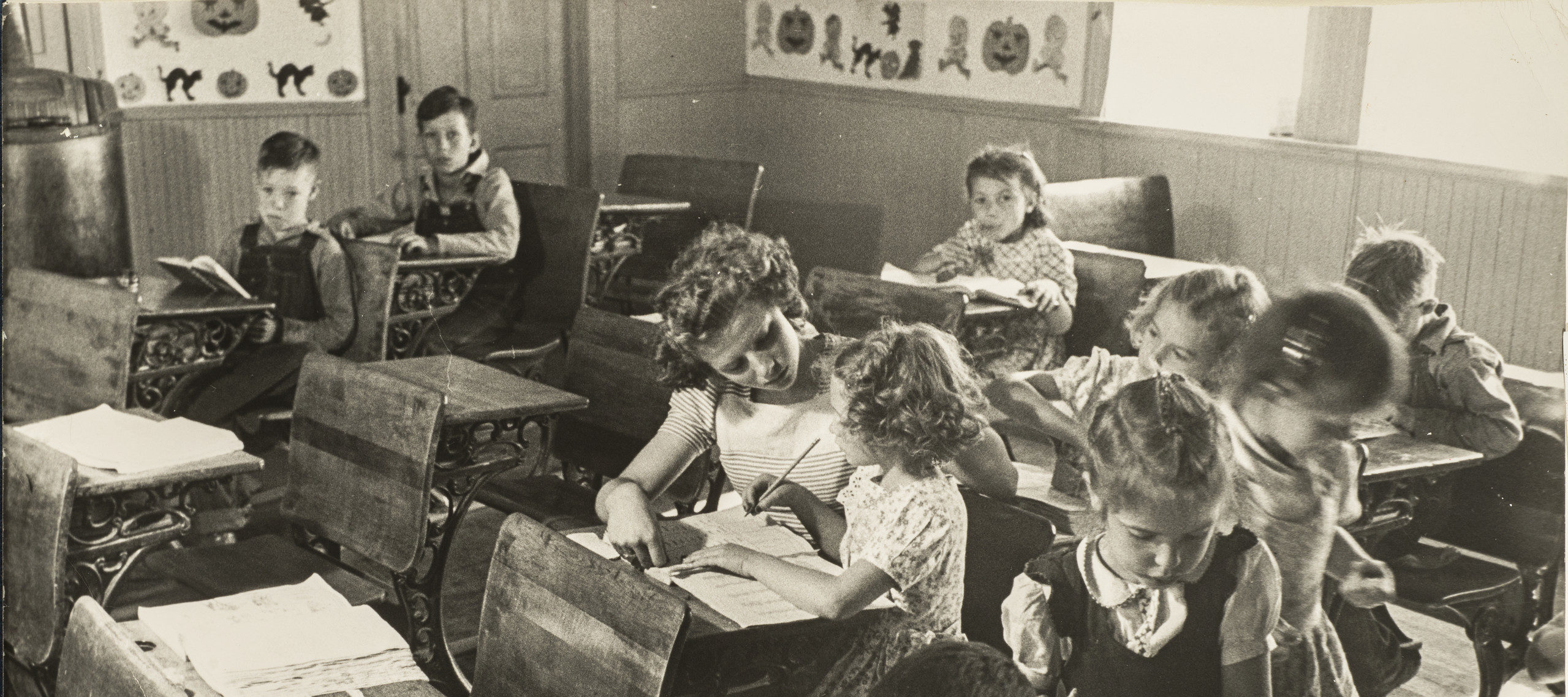How Could a Partnership Work?
From 2017 through 2019, NMWA partnered with Brent Elementary School, Washington, D.C., to deliver arts-integrated programming to all second graders. Students visited the museum to explore the collection, and our educators visited Brent to facilitate discussions and artmaking. Collaborating with teachers to craft and co-teach lessons ensured that these experiences met English language arts and visual arts standards. NMWA offered transportation reimbursement and covered the cost of art supplies to make this partnership low-cost for the school and students.
In addition to local outreach, NMWA educators enjoy traveling to meet our audiences where they are. NMWA worked with educators and students at Title 1 public schools in Ohio from 2014 to 2015 and West Virginia in 2018. In 2023, NMWA educators conducted professional development for Cary, North Carolina’s Parks, Recreation & Cultural Resources art instructors and area public school teachers. NMWA worked with each hosting institution to cost share these experiences.

Related Quote
Thank you for providing my instructors with information and context for 20 women artists that they can now use as inspiration for their collective 500+ camps and classes each year. Bravo!”
Arts and Humanities for Every Student Partnership
Each year, NMWA partners with the DC Arts and Humanities Education Collaborative to offer Thinking Routine Thursday experiences as part of the “Arts and Humanities for Every Student” (AHFES) initiative. This collaboration has strengthened connections between NMWA and Washington, D.C., public and public charter school students, enabling the museum to serve thousands of elementary and secondary students.

Related Quote
The [AHFES] tour and lesson gave lots of room for students to voice what they saw in artworks, make connections, and ask questions. The design of tour material places high value on kids’ thoughts and opinions…[and] was culturally relevant to my group, as well. SEL (Social Emotional Learning) skills were reinforced by creating a situation where discussion does not focus on right or wrong answers but on impressions, inferences, and questioning.”

